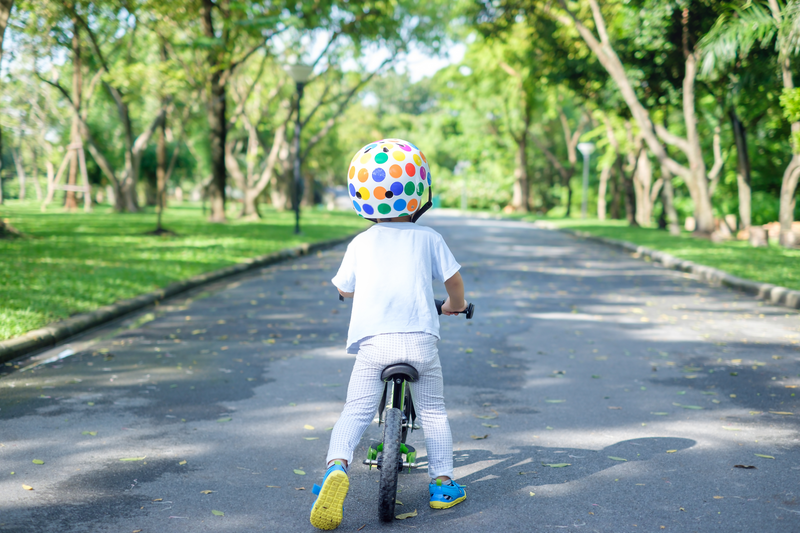ATD Blog
Teaching My Daughter to Ride a Bike Taught Me About Designing Effective Training
Wed May 01 2024

A few years ago, I got to experience the joy of teaching my daughter to ride her bike. A lot has changed since I learned how to ride a bike almost 40 years ago. And understanding that change has taught me more about developing effective learning than 15 years of training people.
Over the last few years, training wheels have been replaced with something called a balance bike. These bikes are low to the ground, without pedals, and have become the standard for learning to ride because they are so much more effective. Breaking down the difference between learning to ride a balance bike and learning to ride a traditional bike with training wheels highlights these three essential elements of designing effective training:
1. Specificity
Riding a bike is all about balance. Without balance, you have no hope of staying upright. However, traditional training wheels hide this fact. Training wheels mean you don’t need balance and allow you to practice pedaling and steering first. Balance bikes do the reverse. You can’t pedal, and there’s no real need to steer, so the first thing you must learn is how to keep your balance.
The first step in designing effective training is being extremely specific about what you are trying to teach people. Design thinking and “starting with the end in mind” all promote this idea of understanding the outcome before you do any other training design.
2. Context
James Clear, author of Atomic Habits, uses a concept called the “habit cycle” to describe how behaviors become habits. According to James, all habits start with a cue, some environmental factor that triggers the behavior. That is another way of saying that context matters.
When teaching balance, we are building a new habit. The challenge is that balancing on a bike is a completely new context, making it difficult to learn. Traditional bikes leave people needing to learn how to adjust their steering and put weight on the pedals to keep their balance.
A balance bike uses a context that people already understand, walking, to bridge the gap into the new context of riding a bike. Without pedals, you simply put your foot down when you feel yourself losing balance.
When designing training, you need to account for the environment or context in which the old and new behaviors are happening. The old adage of “meeting people where they are” encourages a learner-centric training that closes the contextual gap between the old behavior and the new behavior so people can learn faster.
3. Connection
When you train someone to balance on a bike, you create new neural connections and strengthen others. Repetition is one of the simplest and easy ways to build these connections.
If the goal is to teach balance, training wheels are quite counterproductive. When first starting to ride, children get very little repetition at actually keeping their balance. They simply lean to one side and ride on one of the training wheels.
Balance bikes fix this by making every moment on the bike an act of balancing. You are either pushing with your foot or balancing on two wheels. Increasing the repetitions of the actual skill we want to train makes the training much more effective.
Great training is all about great practice. When designing workshops, we use quizzes, role playing, breakout discussions, and more as ways to repeatedly practice the new behavior.
Conclusion
Training in a corporate setting is rarely as straightforward as teaching people to ride a bike. But that doesn’t mean the lessons don’t apply. An effective manager development program will break down “being a leader” into a series of simple behaviors. The program will be tailored to the experience level of that manager to push them just a bit further in those behaviors than they currently are. And it will give them numerous opportunities to practice that new behavior.
By applying the lessons of specificity, context, and connection, any training program can be transformed to make an actual impact on the success of an organization.
For a deeper dive, Join me at the ATD 2024 International Conference & EXPO for the session: Create Training That Makes a Real Impact.
